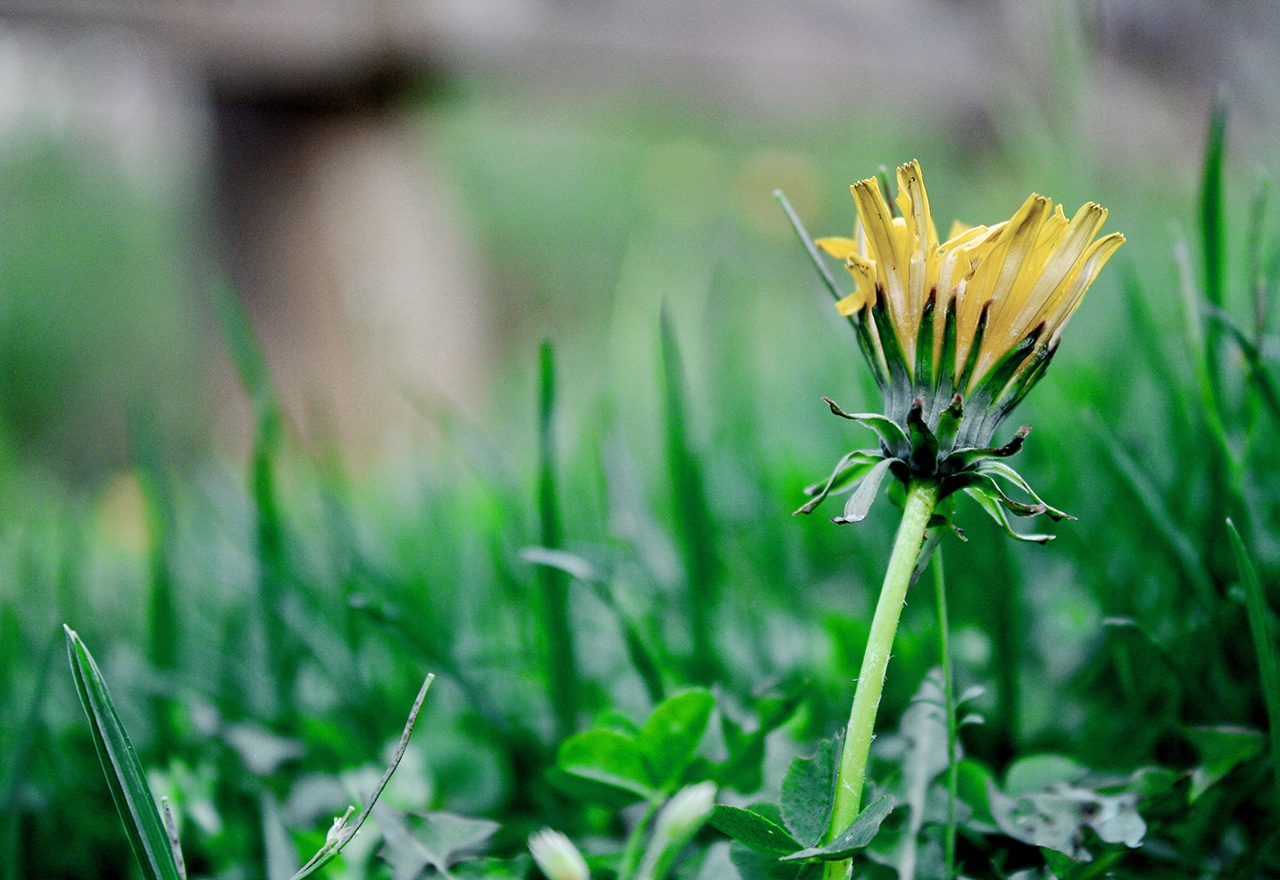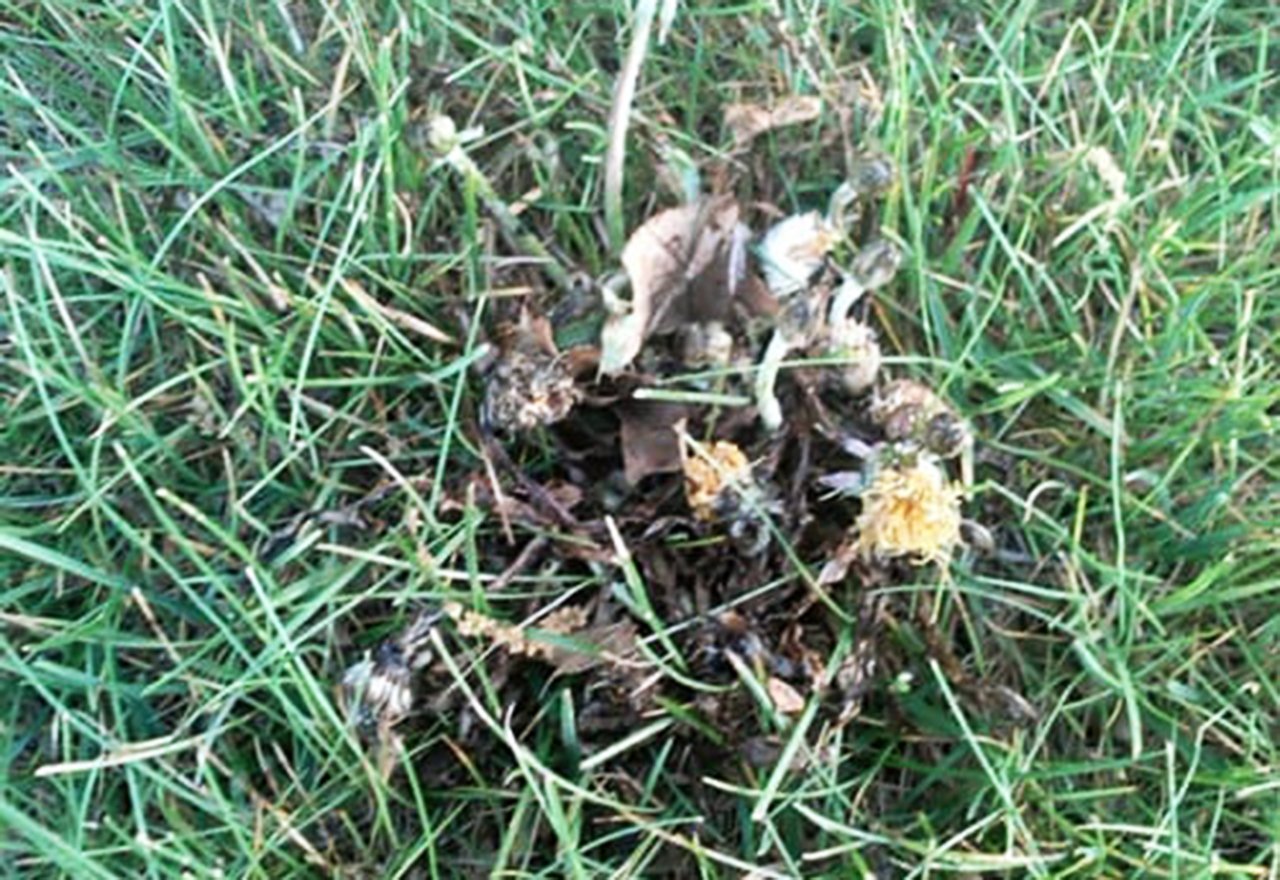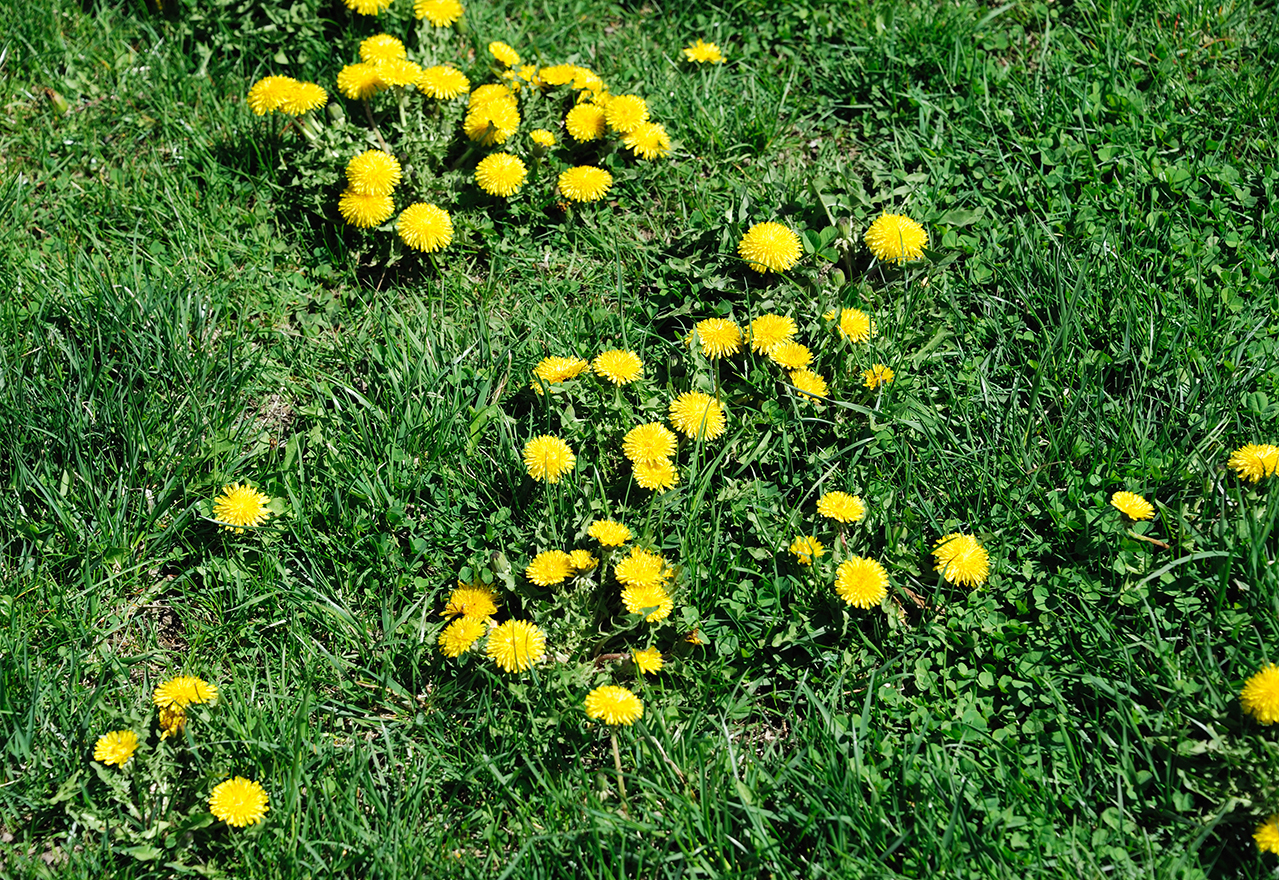A Perennial Weed that Spreads its Seeds and Perpetuates Itself

Dandelions (Taxaracum officinale) are found in nearly every country in the Northern Hemisphere, as well as Australia and New Zealand. The plants moved around the world before written history but were probably native to Europe and Asia. Early Romans documented eating dandelions and European settlers exploring America purposely brought dandelions with them to the new world.
Dandelions are prolific seed spreaders and can grow in nearly any soil in a sunny spot but can manage in the shade as well. The plants derive their name from the French dent de lion meaning “tooth of the lion.” Their leaves have deep grooved saw- tooth edges that grow in a rosette pattern. Usually, plants produce a single stem at once with one disk-shaped yellow flower. After blooming, the flower leaves behind a ball-shaped seed head that contains up to 200 seeds. Each plant can grow about ten flowers each summer and bloom throughout the season. Dandelions have a deep taproot that can grow up to ten feet but is usually six inches in the Midwest. They are perennial because the taproot overwinters without trouble in most climates.
Dandelions are very hard to stop from spreading. Their seeds have been documented to travel for more than 100 miles on a strong wind current and each plant makes so many seeds. Additionally, seeds do not need to be deeply buried to grow.
If your soil is poor or your grass is not healthy, dandelions move in easily. They especially thrive in yards where the grass is cut too low. Also, the more dandelions you have, the more they make the soil conditions favorable for themselves, resulting in even more dandelions.
The best way to get rid of dandelions is to pull them out, ensuring the taproot is dislodged as well. We recommend using our favorite weeding tool that we call the “Speedy Weedy,” or just the Weed Out, which can make the work go faster. This tool helps reach, twist, and pull dandelions and other weeds without having to bend down. Rototilling the plant also works if the taproots are chopped and then buried more than four inches deep.

With many weeds, the best line of defense against them is a healthy, thick lawn. We have some organic lawn care best practices that can help your grass thrive.
We have some mowing best practices that aren’t complicated, but keep your grass at its best. Keeping your lawn longer than you’re used to is the best way to keep it healthy. Don’t try to keep up with your neighbors who scalp their lawn and mow multiple times a week. Keep your grass three and a half to four and a half inches high. This practice encourages deep roots which grow healthier grass. If you see ragged tips on your grass blades, it’s time to sharpen mower blades. Sharpening once a year is all you need. Also, leave the grass cuttings on the lawn, don’t bag them. The clippings will break down and fertilize the soil.
If you’re really struggling with dandelions and other weeds in your lawn, we recommend our Natural Weed Buster treatments in the Spring. This program will promote grass growth and result in far fewer dandelions and other weeds. If you’d prefer a DIY weed prevention, we also recommend a number of Natural Weed Suppressing Fertilizers in our online shop. They will help create a thick lawn and will also make it more difficult for new Dandelions to sprout. Overtime, this will reduce the amount of Dandelions you have.

Dandelions have flowers that bloom very early in the spring which are an important food source for many species of bees and butterflies. Birds eat the seeds and hummingbirds use the fluff to make their nests. Native animals such as rabbits and deer eat the plant as well.
Additionally, dandelions have a great deal of health benefits. They have been eaten since ancient Roman times and broadly used as a diuretic. Many studies show positive effects on blood pressure, blood sugar, inflammation, reducing cancer, and more.
Dandelion greens can be eaten in salads or sautéed. The roots can be prepared like turnips or brewed into tea. The flowers also make a unique addition to salads. If foraging for edibles isn’t your thing, you can purchase dandelion supplements and teas.
